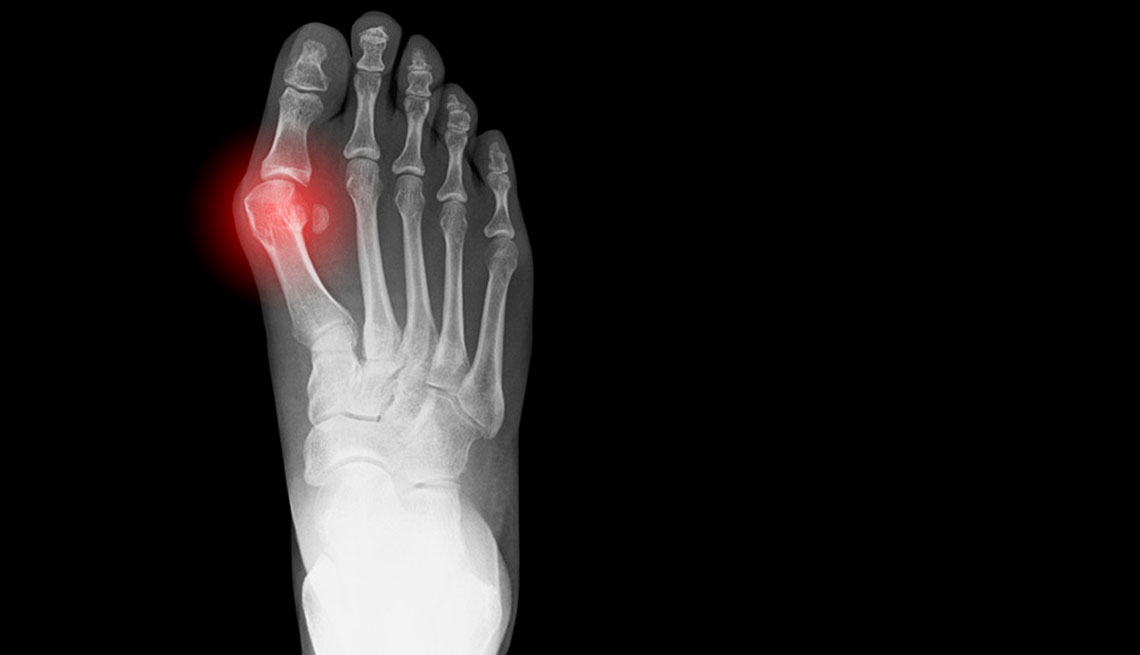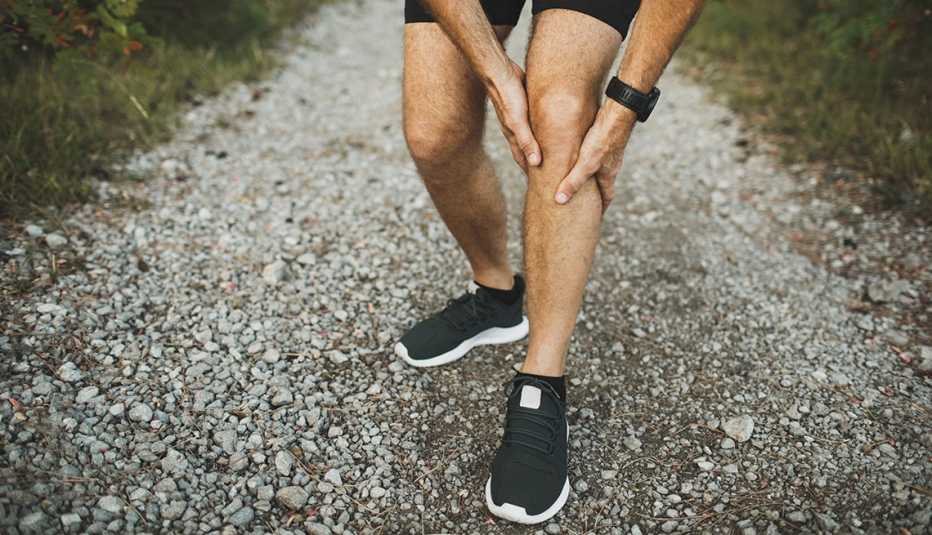Staying Fit
Gayle Lloyd’s right foot has been bump-free ever since October 2021, when the St. Leonard, Maryland, resident decided to have the protrusion removed with minimally invasive surgery.
Like approximately one-third of American adults, Lloyd, 63, had a bunion — a painful, bony bulge at the base of the big toe that occurs when the joint slips out of alignment. Older adults are more likely to develop the bothersome bumps, and bunions tend to affect more women than men, research shows.


AARP Membership— $12 for your first year when you sign up for Automatic Renewal
Get instant access to members-only products and hundreds of discounts, a free second membership, and a subscription to AARP the Magazine.
Some people can find relief from the pain and pressure bunions can cause with over-the-counter medications, roomier shoes and padding that acts as a barrier. There are also medical procedures, like the one Lloyd had, that in some cases can help to fix the problem.
AARP asked four orthopedic foot and ankle surgeons to explain who might benefit from bunion surgery and what to expect from the outpatient procedure. Here’s what you need to know if you’re considering getting rid of a bunion.
Is it time?
You may be a bunion surgery candidate if your bunion foot hurts a lot and limits your daily activities such as walking, the American Academy of Orthopaedic Surgeons (AAOS) says. Maybe your big toe is inflamed, swollen, stiff or “drifting” toward other toes — even crossing over — and pain medication isn’t helping with symptom relief.
If you’re hoping to stave off surgery — and know that like with any surgery, there are risks to bunion removal, which is why AAOS stresses that surgery should be reserved for deformity with pain, and not for cosmetic reasons — try using protective pads that cushion the painful area (you can find these in drug stores).
Switching shoes can also help. Opt for something with a wide- or open-toe box and a soft upper fabric, says Carol Frey, M.D., codirector of West Coast Sports Medicine/UCLA Sports Medicine Fellowship, in Manhattan Beach, California — think clogs, moccasins and sandals. There are also shoe inserts that can help to distribute the pressure more evenly in your feet when you walk.
Again, if these measures do not work and your quality of life is impacted, ask your doctor whether surgery can help.



































































